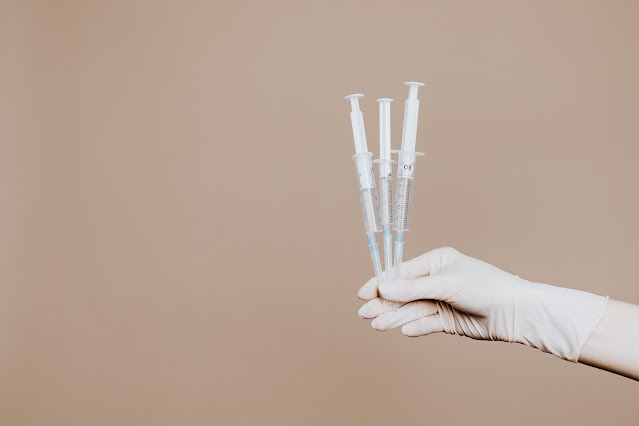3 Things to Consider When Creating Your First Custom Plastic Part
It requires a special skillset to design plastic injection molded products. You should be familiar with the plastic injection molding process, understand how the plastic injection molding machine works, and how the material behaves. Even if you’re not an expert in plastic injection molding, here are 3 things to keep in mind when designing your first plastic part.
1. Uniform wall thickness
You should aim to
make the wall thickness of your part as consistent as possible. While it’s okay
if you don’t have uniform wall thickness to some degree, uneven wall thickness
considerably increases the probability of material flow restrictions, longer
cooling times, molded-in stress, voids, warpage, and sink marks. If you have an uneven wall thickness, it’s
best to have slick transitions that taper over a certain distance. The capability
of the material to fill and the part’s size will decide the minimum wall
thickness for your plastic injected part.
2. If possible, avoid undercuts
While undercuts
on your part won’t necessarily make it more difficult to mold your part,
they’ll make it difficult to demold. Once the part cools and solidifies, the
undercut part of the plastic part will be trapped inside your mold – and
without other mold actions, ejection becomes impossible.
Sometimes,
undercuts are essential for a part to be functional. To deal with the ejection
of your part, lifting mechanisms and side actions will have to be introduced to
your tool. Sometimes that’s not avoidable, but if you’re looking to save on
tooling costs, redesigning might be worth a try to eliminate necessary tooling
costs.
3. Don’t forget the parting line
Imagine your part is being molded. It can be difficult for some to visualize the empty cavity space that the liquid plastic will fill to mold into a plastic part. Once that cavity space is filled, your part should have to be ejected from that space.
For this to
happen, the two halves of mold will need to separate, and you’ll be left with
your plastic injected part in one side of the mold (preferably the side where
you plan on ejecting from). You should visualize and plan for where this
‘parting line’ must exist to ensure that your part doesn’t get trapped in the
mold.
Since 2002, PTMS
has been an ISO9001-2008 certified company. Their plastic injection molded parts are widely used in
electronics, defense, plastic tooling, printer, medical, home appliance, and
automotive industry.
Get in touch with them directly for more information on their custom plastic injection molding service.





Comments
Post a Comment